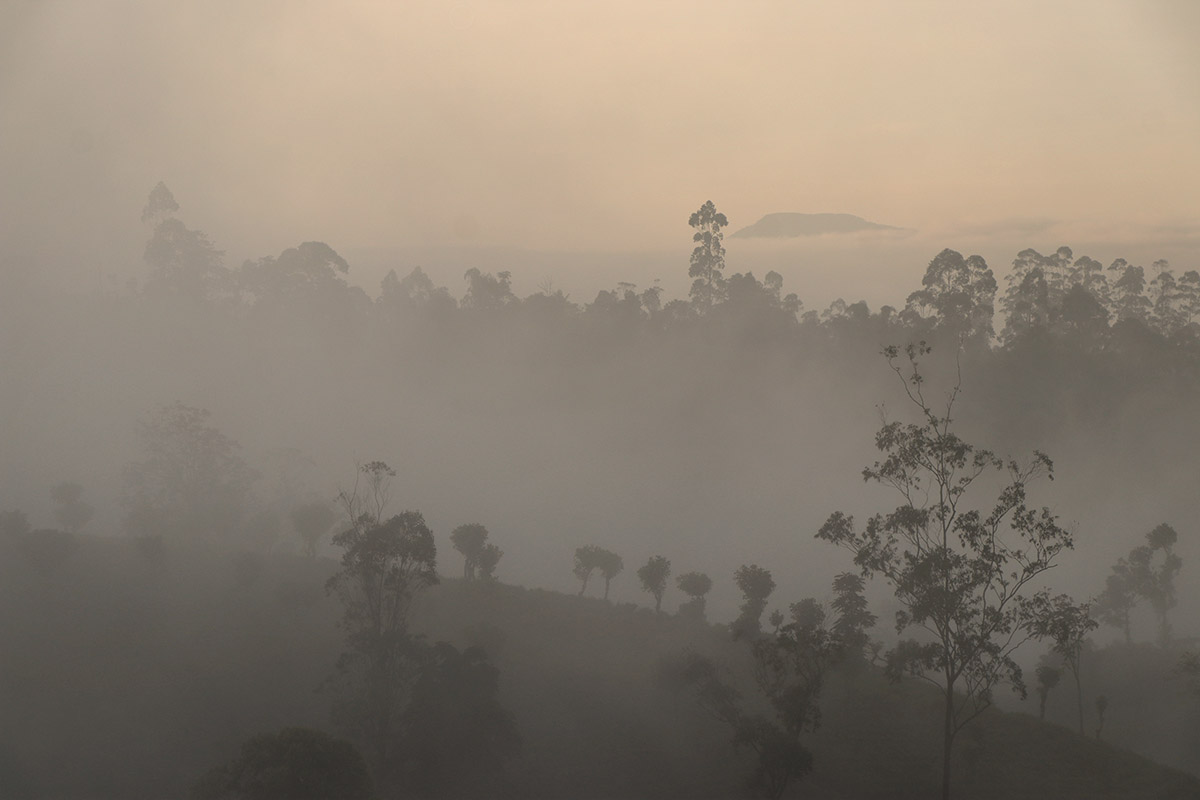
How to Become a Landscape Photographer
A Comprehensive 12-Step Guide to Mastering the Art

A Comprehensive 12-Step Guide to Mastering the Art
Embarking on the journey to become a skilled landscape photographer can be both exciting and challenging. This guide breaks down the process into 12 manageable steps, helping you build a strong foundation and refine your craft to capture the breathtaking beauty of the natural world.

Before delving into landscape photography, it's crucial to understand the fundamental principles of photography. Familiarize yourself with your camera's manual settings, including aperture, shutter speed, and ISO. Explore the basics of exposure and composition to lay a solid foundation for your journey.

While you don't need the latest and most expensive gear, having a reliable camera with manual capabilities and a good lens is essential. Invest wisely in equipment that suits your budget and needs, ensuring you can capture the stunning landscapes you encounter.
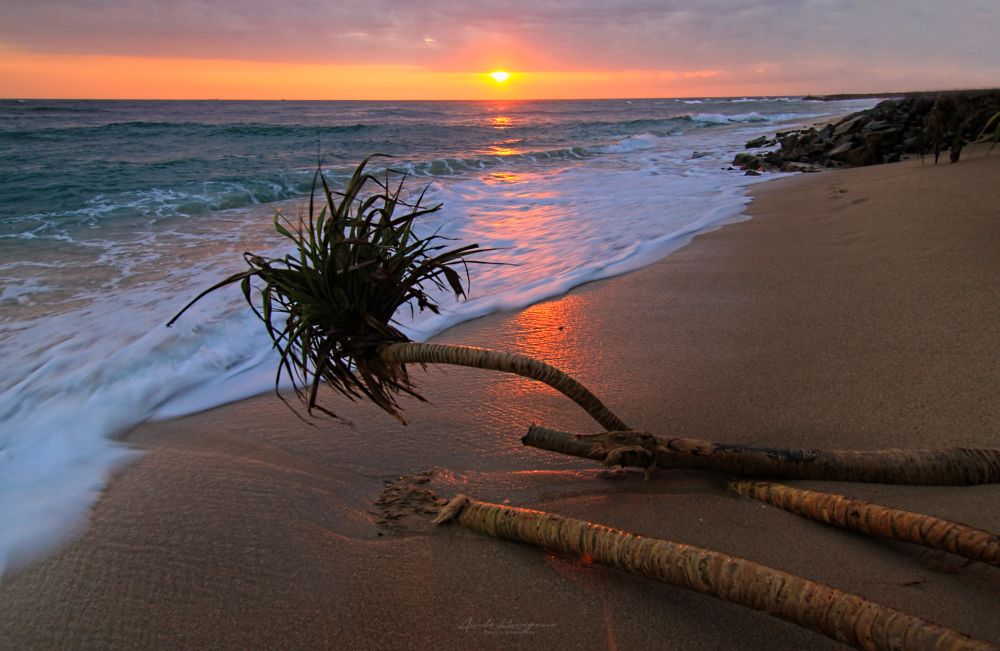
Light is a landscape photographer's best friend. Study how natural light interacts with the environment, and learn to harness the magical moments during the golden hour — the period shortly after sunrise and before sunset when the lighting is soft, warm, and perfect for capturing breathtaking scenes.
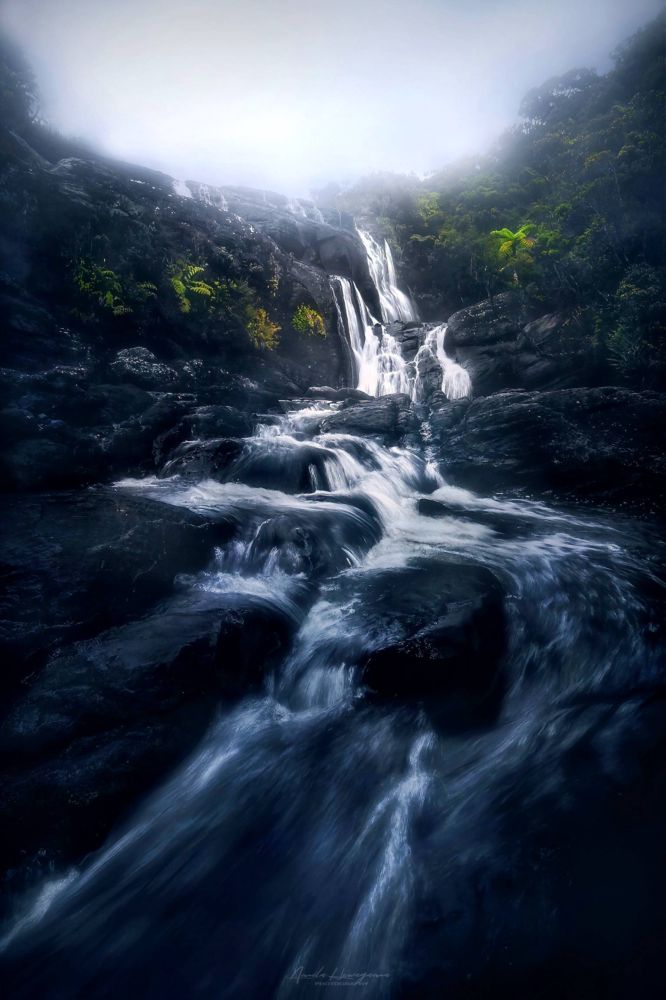
Explore the art of composition specific to landscape photography. Delve into techniques like the rule of thirds, leading lines, framing, and symmetry. Analyze the work of renowned landscape photographers to gain insights into how they compose their shots for maximum impact.
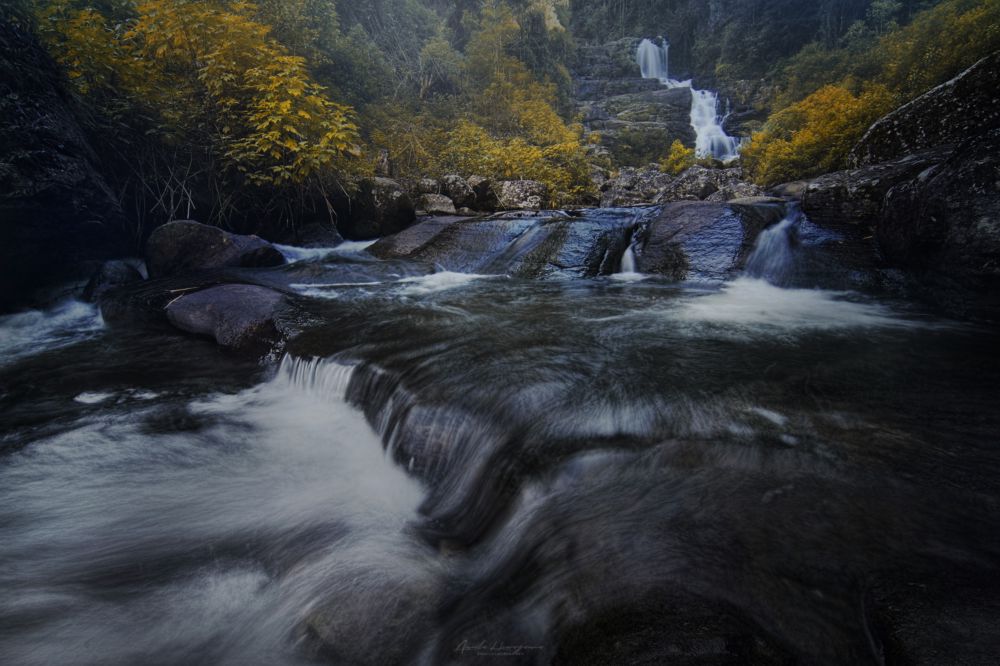
Skill improvement comes with practice. Spend time outdoors experimenting with your camera settings, capturing various landscapes, and refining your technique. The more you practice, the more comfortable you'll become with your equipment and the creative process.

Assemble a portfolio showcasing your best work. Whether in a physical format, on a personal website, or through photography platforms, a strong portfolio is your visual resume. It reflects your style, skills, and creativity, making it an essential tool for attracting opportunities and clients.

Connect with fellow photographers through local clubs, online communities, and social media groups. Engage in discussions, seek advice, and share your experiences. Networking provides valuable insights, feedback, and the chance to collaborate with like-minded individuals.
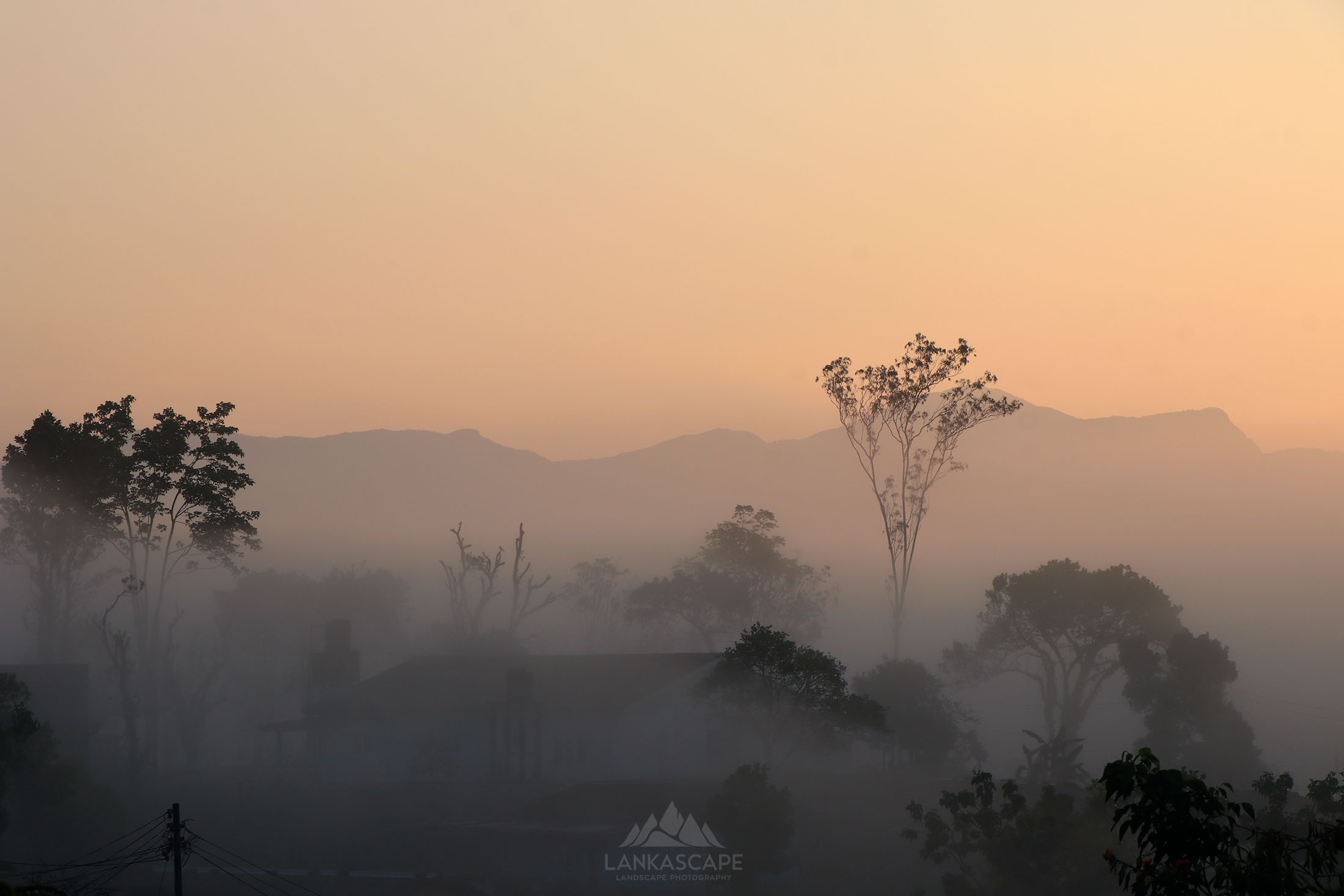
Diversify your portfolio by exploring various landscapes. Travel to different locations, each with its unique charm and challenges. Adapting to diverse environments will enhance your versatility as a landscape photographer.

Learn the art of post-processing using software like Adobe Lightroom or Photoshop. Editing allows you to refine and enhance your images, bringing out the full potential of your captures. Mastering these tools is crucial for delivering polished and professional results.
Embrace constructive criticism to grow as a photographer. Share your work with peers, mentors, or online communities, and be open to feedback. Constructive input can pinpoint areas for improvement and guide you toward refining your skills.
Create a strong online presence through social media, a personal website, or photography platforms. Showcase your portfolio, share behind-the-scenes glimpses, and engage with your audience. Consider participating in local exhibitions or collaborating with other artists to expand your reach.
Stay on the cutting edge of landscape photography by continuously learning and evolving. Attend workshops, read books, watch tutorials, and stay informed about the latest trends and techniques. A commitment to ongoing improvement is key to sustained success in this dynamic field.
Following these 12 comprehensive steps will set you on the path to becoming a skilled landscape photographer. Remember, the journey requires patience, practice, and a passion for capturing the natural world's beauty.
Thank you for reading! Discover more insights on capturing the beauty of nature with Lankascape.